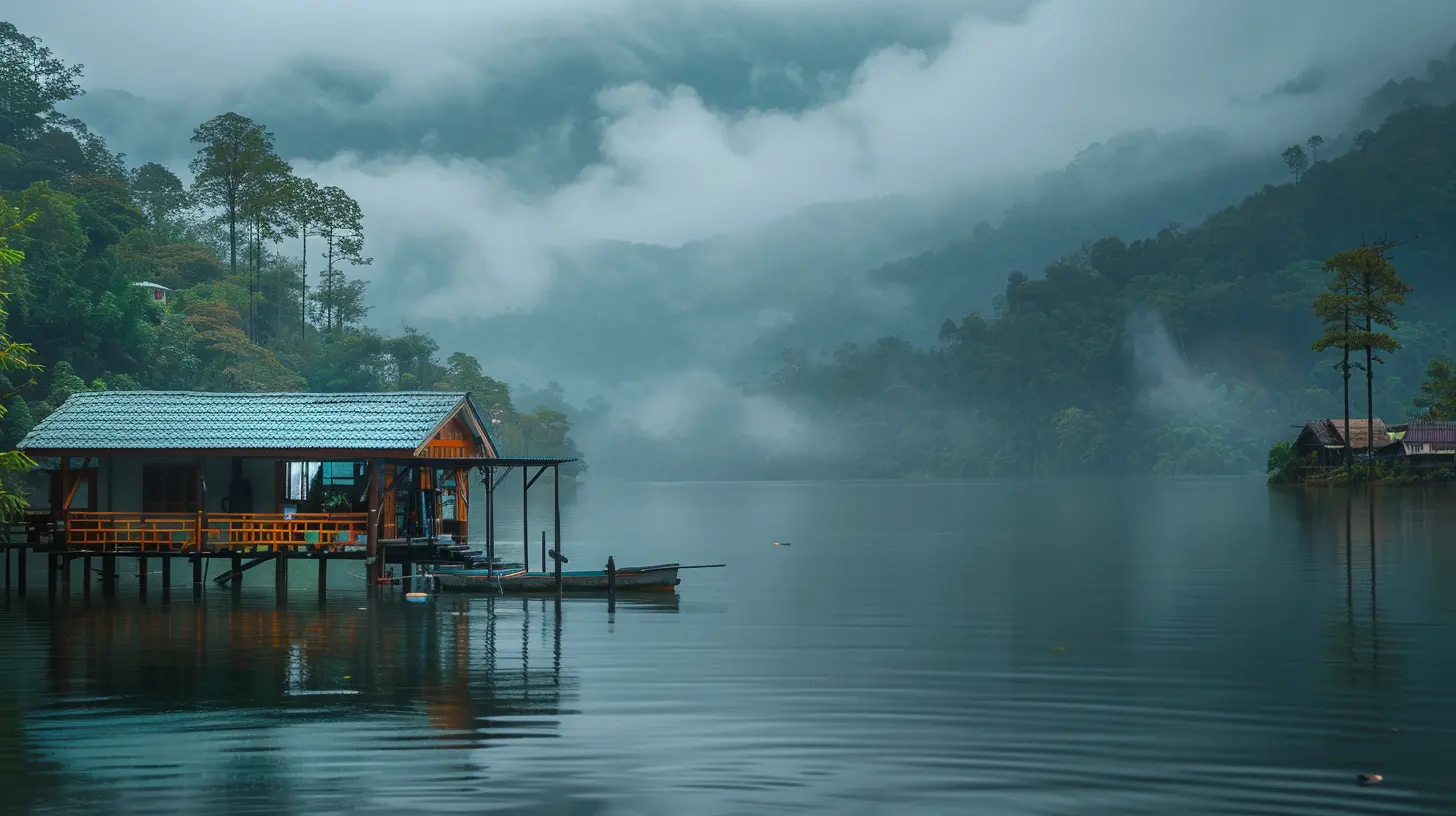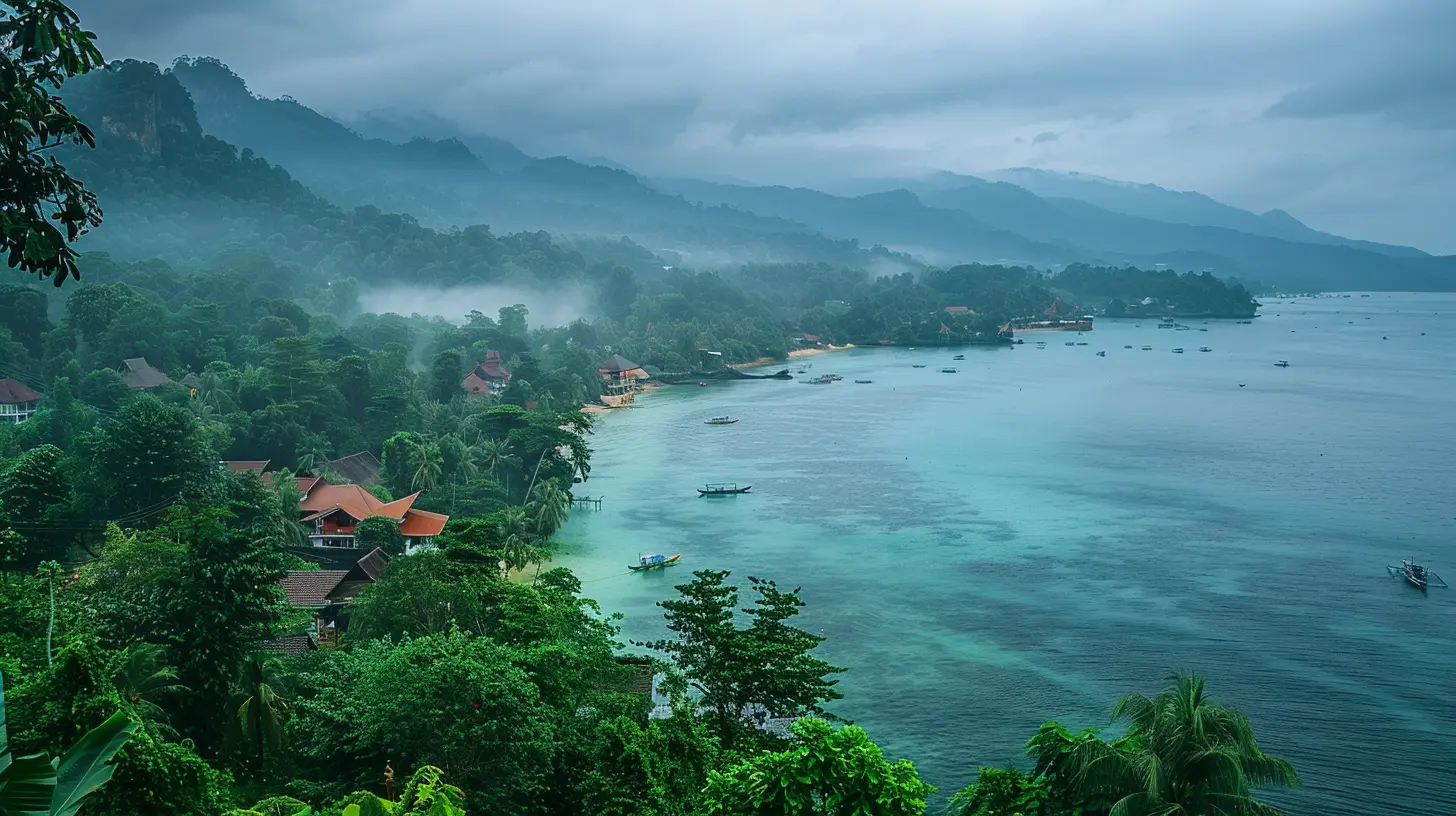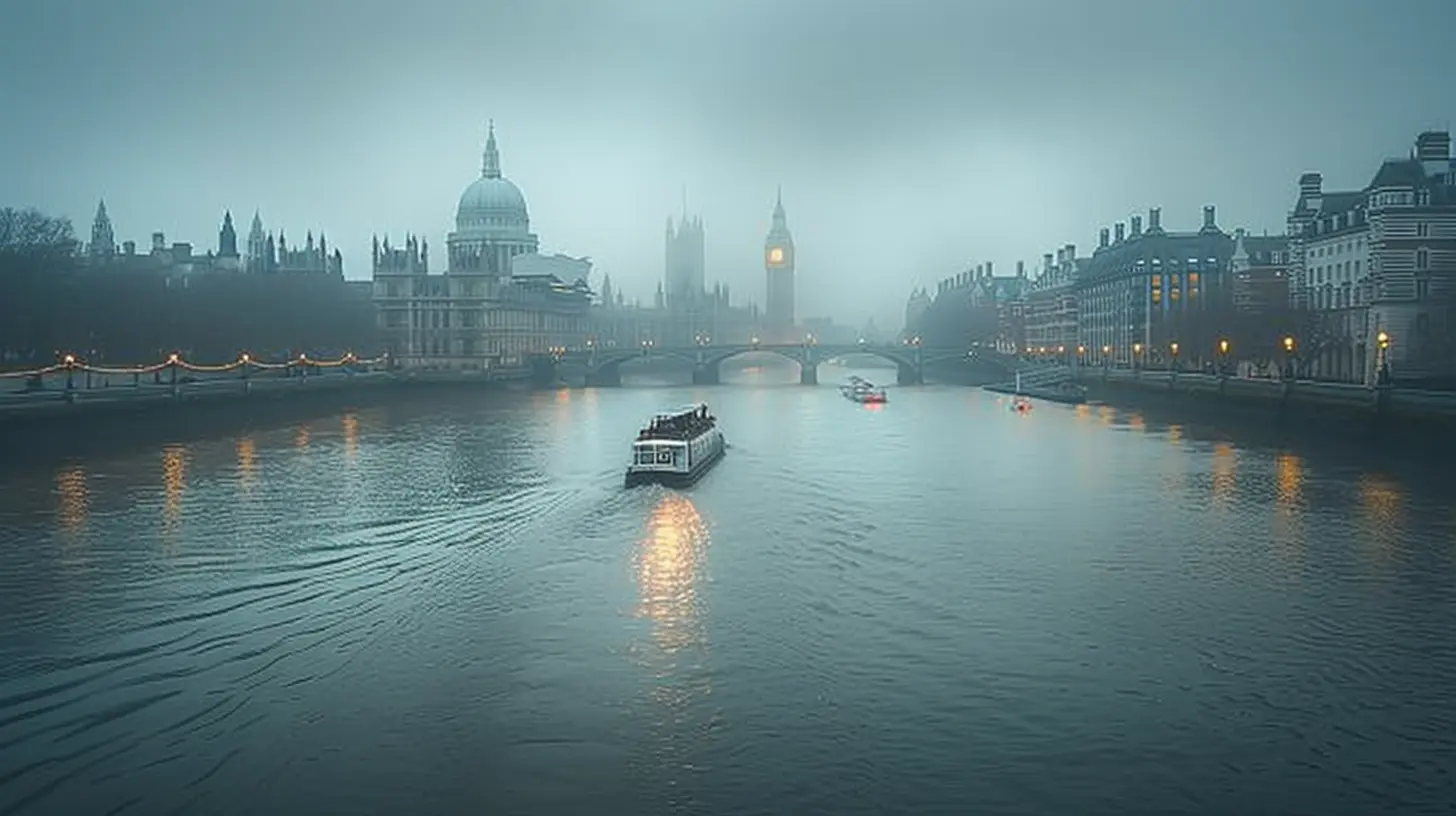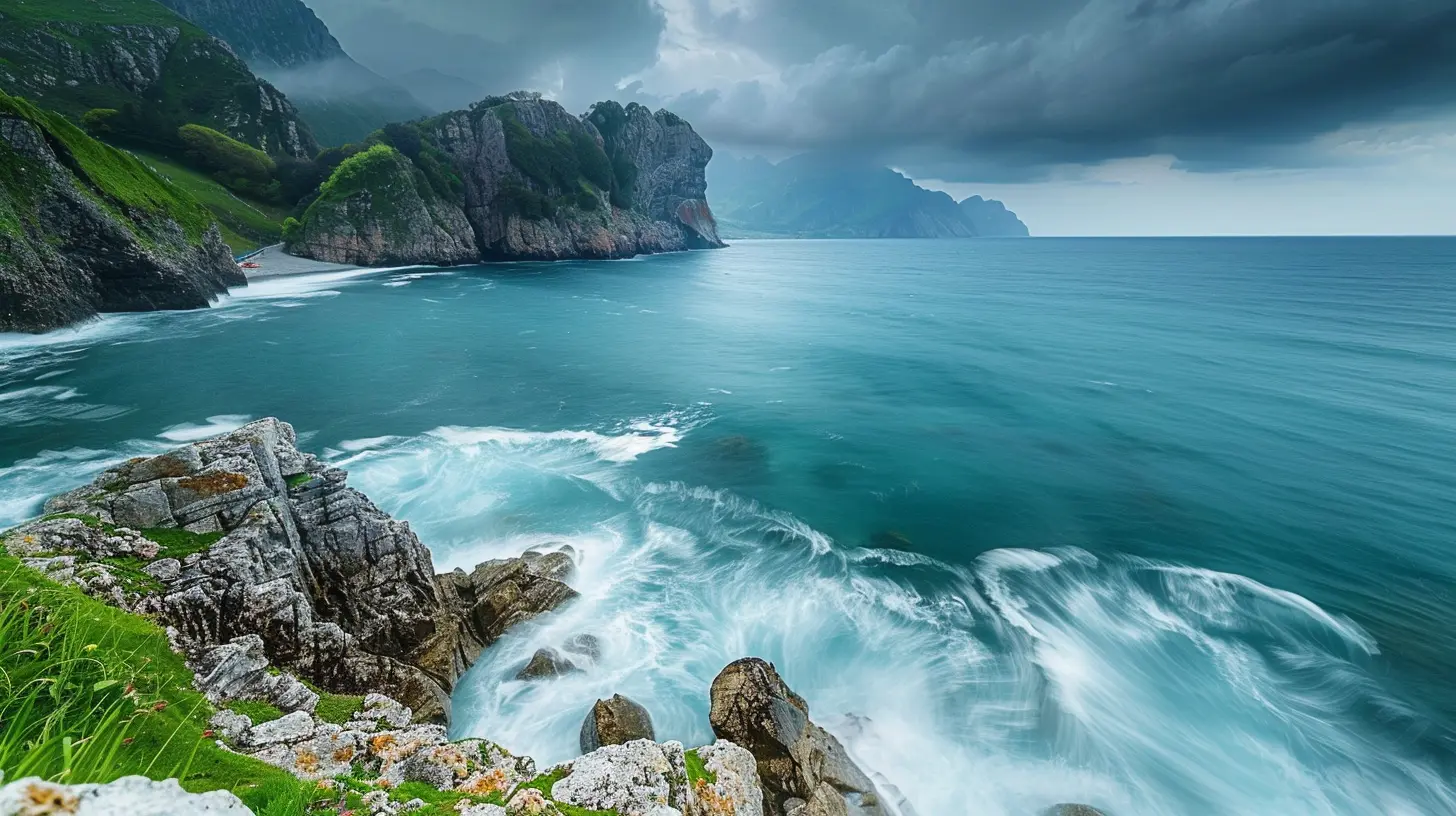How to Take Jaw-Dropping Photos Even in Overcast Weather
8 June 2025
Ever packed your camera gear, excited for a day of photography, only to step outside and find the sky covered in a dull, gray blanket of clouds? Don’t worry—you’re not alone! Many photographers see overcast weather as a disappointment, but what if I told you that cloudy days actually offer some of the best conditions for capturing stunning images?
Yep, that’s right! With the right techniques, you can turn those dreary, overcast conditions into your secret weapon for jaw-dropping photography. Let’s dive into how you can make the most of gray skies and capture breathtaking shots, no matter the weather. 
Why Overcast Weather Is Actually Your Best Friend
Before we get into the nitty-gritty of camera settings and composition, let’s talk about why overcast skies can be an advantage rather than a limitation.1. Soft, Even Lighting
One of the biggest perks of cloudy weather is the soft, diffused light. Unlike harsh sunlight that creates intense shadows and blown-out highlights, an overcast sky acts like a giant softbox, evenly spreading light across your scene. This is perfect for portraits, wildlife, and even landscape photography.2. No Harsh Shadows
Ever taken a photo on a sunny day only to find someone's face half-covered in dark, unflattering shadows? Overcast weather eliminates harsh contrasts, making it much easier to capture balanced and well-lit images.3. More Mood, Less Glare
Clouds add a natural drama to your shots. Whether you're shooting landscapes, urban scenes, or portraits, a gray sky can evoke emotions and create a moody atmosphere that sunny days simply can't provide.
How to Capture Stunning Photos in Overcast Weather
Now that we know why cloudy skies can be a plus, let’s talk about how to make the most of them.1. Adjust Your White Balance
Your camera's automatic white balance may give your photos a bluish or overly cool tone in overcast conditions. To fix this:- Manually set the white balance to "Cloudy" or "Shade" mode.
- If shooting in RAW (which you should!), you can easily adjust the white balance in post-processing.
2. Embrace the Moody Atmosphere
Instead of fighting the gray sky, use it to your advantage. Here’s how:- Capture misty landscapes or foggy streets to convey a cinematic feel.
- Utilize reflections in puddles and wet surfaces—it adds depth and interest.
- Try black and white photography! Overcast skies naturally enhance contrast and texture.
3. Use a Lower ISO for Cleaner Shots
Since clouds diffuse light, conditions can be a bit darker. However, you don’t want to crank up your ISO too high, as this can introduce noise into your images. Instead:- Keep ISO around 100-400 for sharper shots.
- Use a tripod if needed for stability in lower light conditions.
4. Boost Contrast and Colors in Post-Processing
Because gray skies can make images look a little flat, some minor editing can bring them to life:- Increase contrast to make details pop.
- Adjust vibrance and saturation to enhance muted colors.
- Add a touch of clarity to bring out textures, especially in landscapes and architecture.
5. Look for Pops of Color
A dull sky can make a scene feel lifeless, so add visual interest by focusing on bold colors:- Red umbrellas, yellow jackets, or bright murals stand out beautifully.
- Green foliage looks even richer under diffused light.
- Try incorporating colorful subjects like cars, flowers, or market stalls.
6. Frame Your Shots Wisely
While a dramatic stormy sky can add atmosphere, a featureless gray sky can sometimes be, well… boring. If the sky lacks character:- Minimize it in the frame by shooting from a lower angle.
- Use trees, buildings, or arches to create natural framing.
- Focus on interesting foreground elements rather than an empty expanse of gray.
7. Shoot During the Golden Hour (Even in Cloudy Conditions!)
Just because the sun is hidden doesn’t mean you can’t get that golden glow. Try shooting:- Right after sunrise or just before sunset, when the sky has a subtle warm tint.
- When clouds break and allow beams of light to peek through, creating stunning natural spotlights.
8. Use Reflections and Puddle Photography
Rainy days combined with overcast skies? Jackpot! Wet streets, sidewalks, and puddles lead to incredible reflection photography.- Find puddles with an interesting backdrop and capture reflections.
- Flip the image upside down for a surreal perspective.
9. Capture Long Exposures for a Dreamy Effect
Overcast conditions offer the perfect setting for long exposure shots. Since there’s less harsh light, you can:- Use a slow shutter speed (with a tripod) to create smooth water effects.
- Capture clouds moving across the sky for an ethereal look.
- Blur motion in busy city scenes for an artistic touch.

Best Subjects to Photograph in Overcast Weather
While you can shoot almost anything in cloudy conditions, some subjects particularly shine under diffused light:1. Portraits
Soft lighting makes skin tones look natural and flattering—no need to worry about squinting or unflattering shadows!2. Waterfalls and Rivers
The even lighting allows you to capture the silky smooth effect of flowing water when using a slower shutter speed.3. Forests and Greenery
Trees and plants appear even greener and more vibrant under diffused light. Say goodbye to overexposed highlights and hello to beautiful, rich tones.4. Architecture and Urban Photography
Cloudy skies reduce glare from windows and surfaces, making buildings and cityscapes easier to photograph.5. Foggy or Rainy Scenes
If the weather takes a turn for the worse, embrace it! Fog and drizzle can add an incredible layer of depth and mystery to your images.
Mistakes to Avoid When Shooting in Overcast Conditions
Even though cloudy days provide a lot of benefits, there are some pitfalls you’ll want to avoid:❌ Leaving Your Lens Unprotected – Damp weather can lead to condensation. Keep a microfiber cloth handy and use a lens hood to minimize raindrop spots.
❌ Over-relying on Auto Mode – Your camera may underexpose shots in cloudy conditions. Use manual mode or exposure compensation to ensure a balanced shot.
❌ Forgetting to Adjust Your White Balance – If your photos look too blue or washed out, tweak your white balance settings or fix them in post-processing.
❌ Ignoring Composition & Foreground Interest – A blank sky can make a photo look dull. Use leading lines, reflections, or strong subject placement to keep it visually engaging.
Final Thoughts
Overcast weather doesn’t have to be a photographer’s worst nightmare. In fact, with the right mindset and techniques, it can produce some of the most striking images you’ll ever capture. Instead of packing away your camera when the clouds roll in, embrace the soft light, moody atmosphere, and unique opportunities that come with it.So next time the sky looks gloomy, grab your camera and get creative. Who knows? You might just take your best shot yet!
all images in this post were generated using AI tools
Category:
Photography TipsAuthor:

Shane Monroe
Discussion
rate this article
3 comments
Grey McMahan
“Embrace the gloom! Even clouds can’t hide your photo skills!”
June 12, 2025 at 3:08 PM

Shane Monroe
Thank you! Embracing the gloom can lead to some truly stunning shots!
Bryce McFadden
Who knew clouds could be such great photographers? Embrace the moody vibes and let those gray skies work their magic for jaw-dropping shots! Snap away!
June 11, 2025 at 3:16 AM

Shane Monroe
Absolutely! Overcast skies create unique lighting that enhances colors and textures. Embrace the mood and let your creativity shine!
Valen Clayton
Overcast conditions can be a photographer’s secret weapon! Embrace the soft lighting for stunning shots, and remember to focus on composition and unique perspectives. With the right techniques, your photos will shine brilliantly, regardless of the weather!
June 10, 2025 at 3:05 AM

Shane Monroe
Absolutely! Overcast days provide beautiful, diffused lighting that can enhance your photos. Embrace the opportunity to experiment with composition and unique angles for stunning results!



